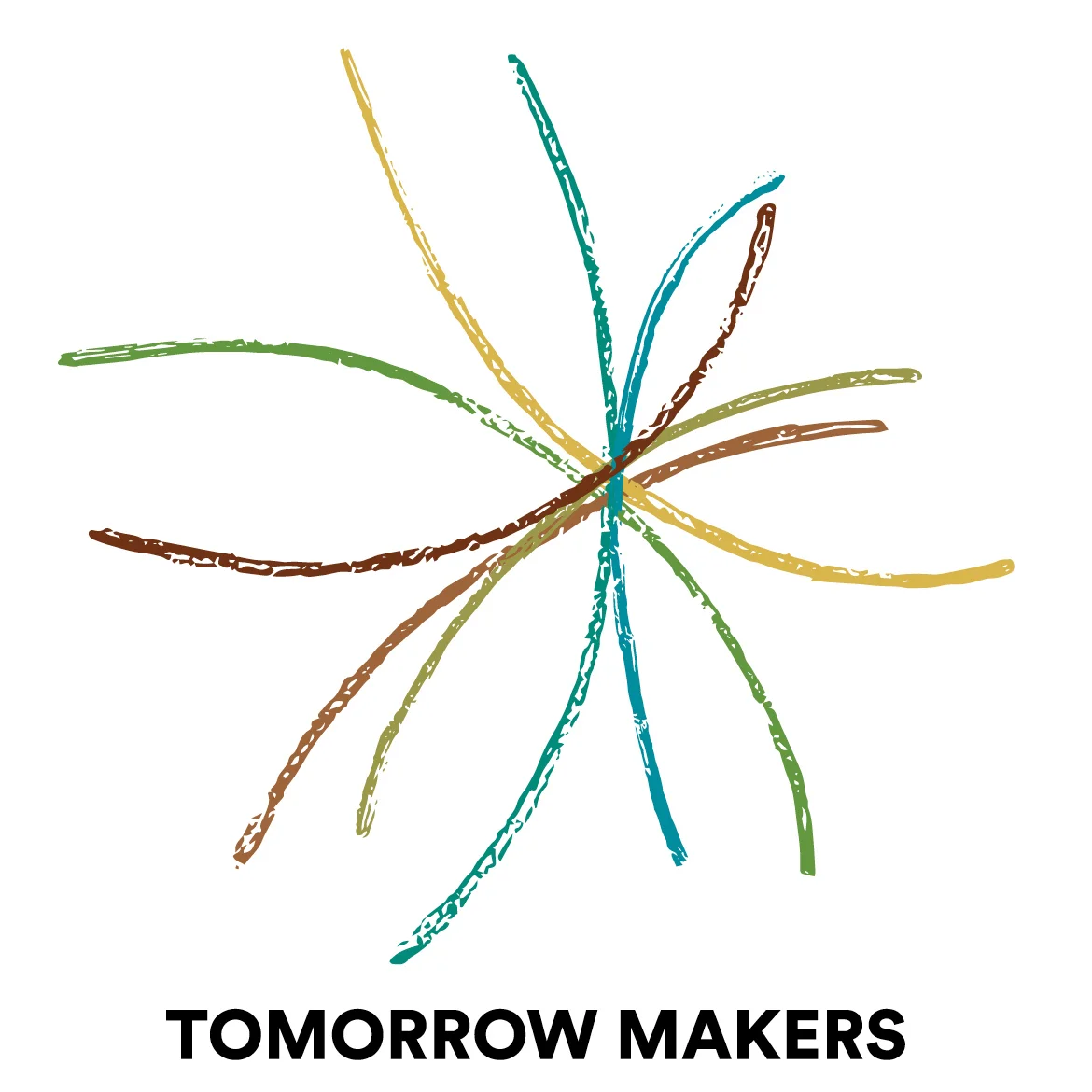A Shift Paper for the Creative Economy
Over the last quarter century, there have been a number of overlapping descriptors of the social, economic and technological paradigms in which we live. It is largely accepted that what was known as the Industrial Economy is no longer dominant, as the Knowledge Economy and Network Economy are now better descriptors of what shapes the marketplace. The Creative Economy is the name we give to what is emerging from the combination of the Knowledge and Network Economies.
This Shift Paper is written as a means to create a dialogue around assumptions and ways of working in order to increase fitness for the kinds of situations, decisions and responsibilities that a Creative Economy imposes on all of us. The phrases below are not to be taken in isolation as single issues but as a whole for exploring, designing and implimenting patterns that are well suited to a Creative Economy.
It was originally composed in preparation for the WorkSpace at the 2006 Annual Meeting of the World Economic Forum in Davos, where it was presented as a poster. We've tweaked it and blogged about it a few times since then, but it basically remains as it was written then.
For a more in-depth account of the paradigm shift we see taking place, take a look at our 2009 paper, From Hierarchy to Panarchy: The unfolding of a global paradigm shift.
Gail & Todd
December 2005
June 2013
Fading paradigm (shift from)
- Standards, rules and regulations are imposed
at the start of a process, often becoming static. - Top down; decisions made in exclusivity and
chosen from within a few possibilities. - Conforming; drive to get everyone on the same page.
- Design by experts.
- Repeatable, mechanistic processes.
- Design and decision making isolated by function.
- Tightly controlled networks and supply chains.
- Closed systems.
- Rational, logical, analytical.
- Mechanistic.
- Linear.
- Single solution based; finding “the answer".
- We know what we’re looking for from the start.
- Understanding comes first.
- Habit-based.
- Short term or long term.
- Realistic, grounded in assumptions of what is possible.
Emerging paradigm (shift to)
- Patterns, principles, and relationships create standards that evolve and shift with new context.
- Ideas grow from bottom up and are designed with inclusivity of all involved in their development and use.
- Disruptive; value derived from the differences of perspective, experience, intelligence.
- Experts in collaboration with others from many vantage points.
- Parts recombined and reassembled to create entirely new and novel processes.
- Answers emerge from within shared context and collaborative engagement.
- Creating and growing communities and webs of relationships.
- Open systems.
- Relational, emotional, intuitive; engaging cognitivediversity and multiple intelligences.
- Organic, biomimetic.
- Non-linear, iterative.
- Multi-solution based, finding fitness.
- Search images guide and shape emergent solutions.
- Rigorous and open-ended; learn by doing and learning through multiple explorations.
- Novelty, willingness to start from scratch; employing a beginner’s mind.
- Short and long term in symbiotic relationship with each other.
- Hopeful, playful and imaginative; aspires to expand and create possibilities.

